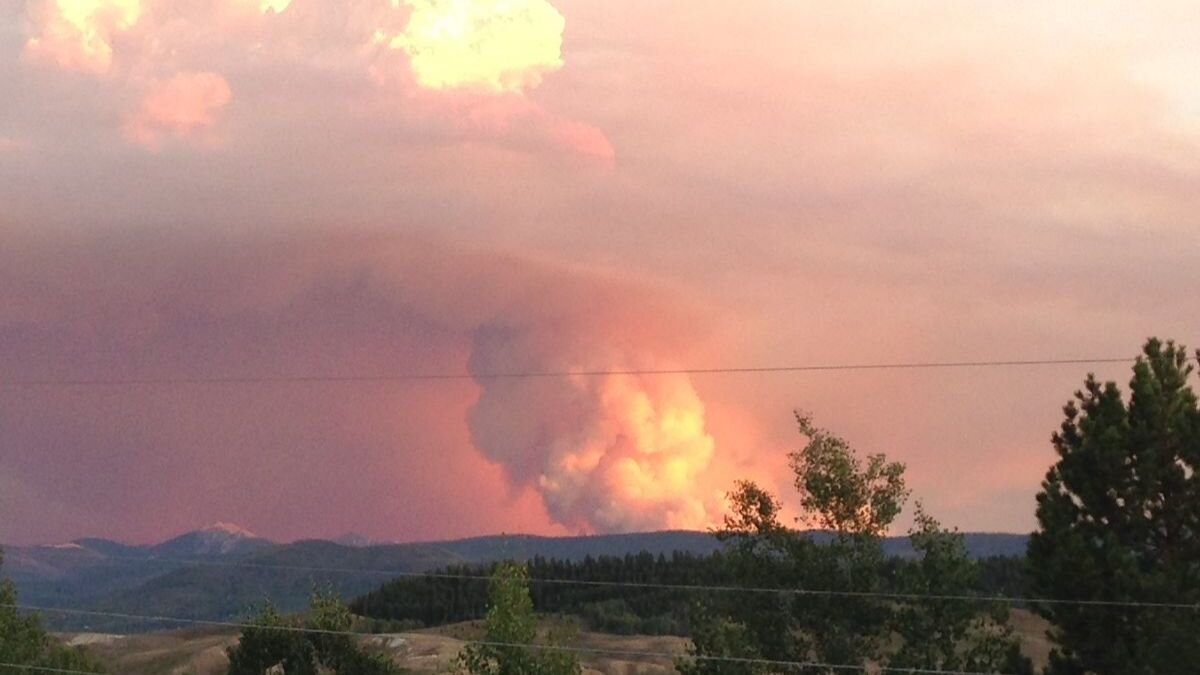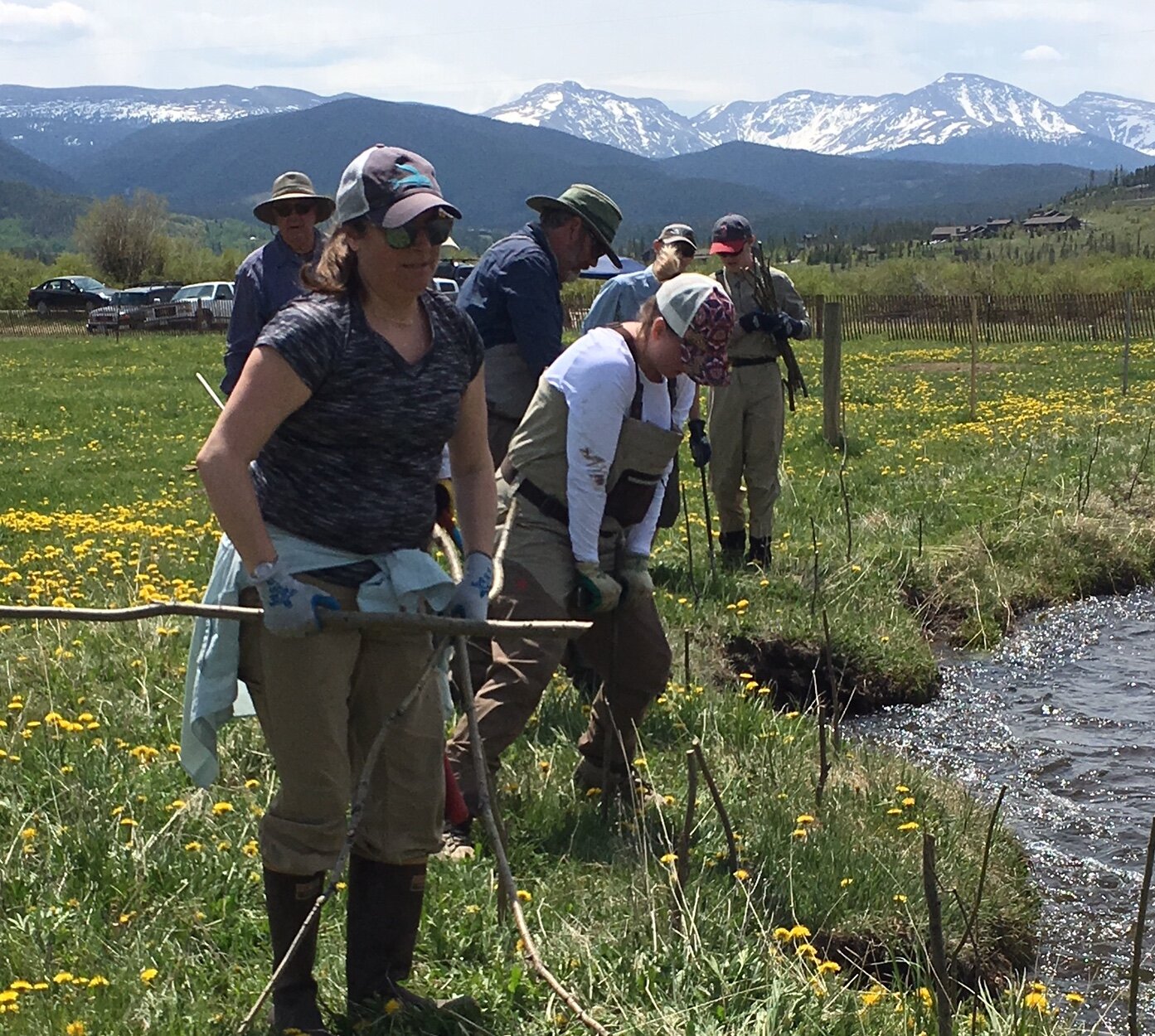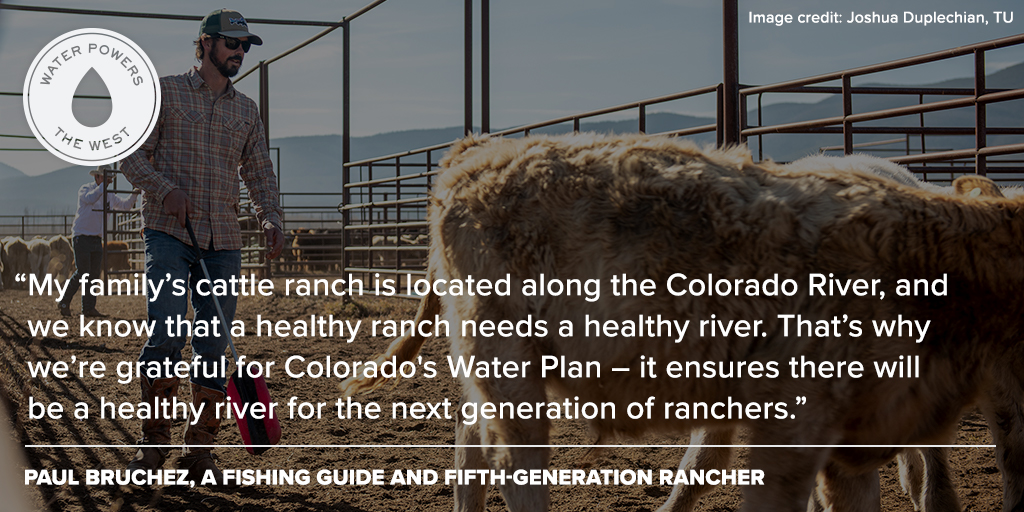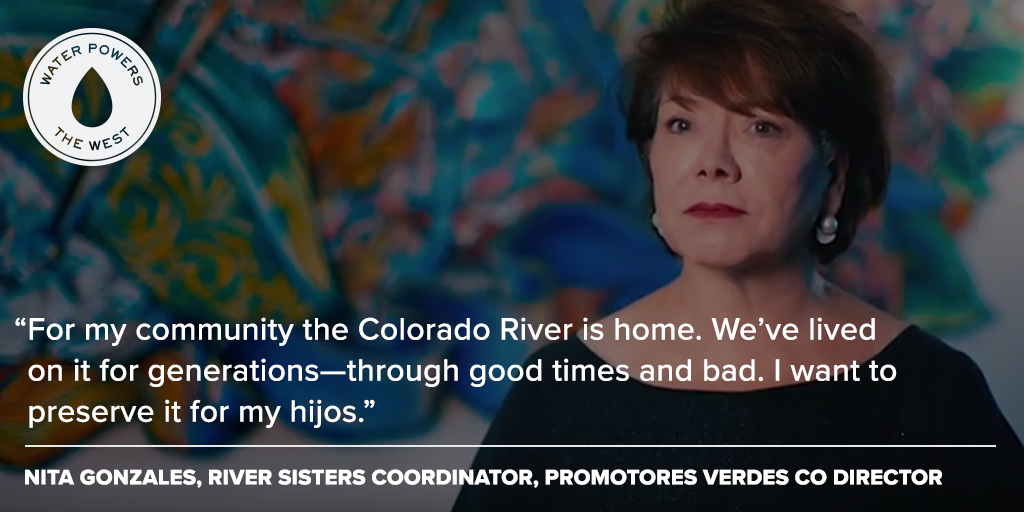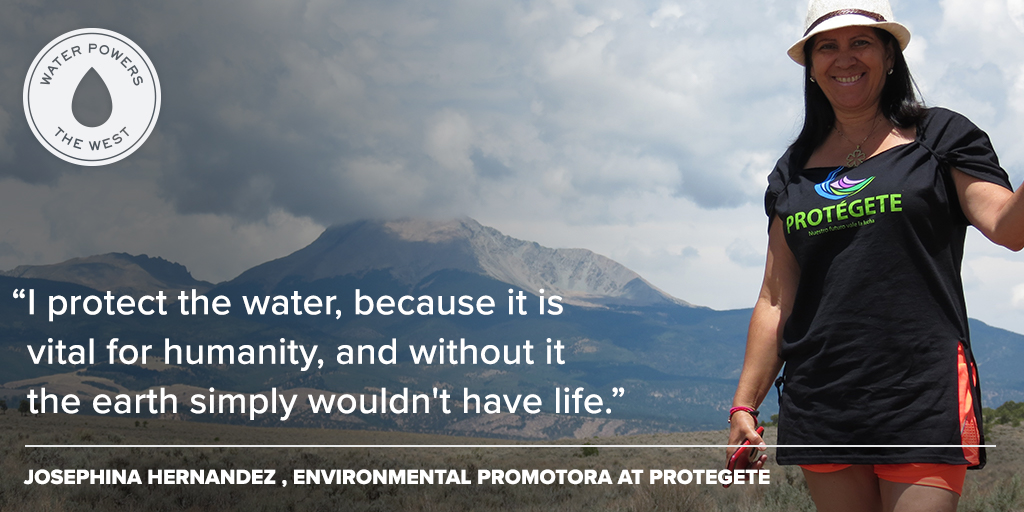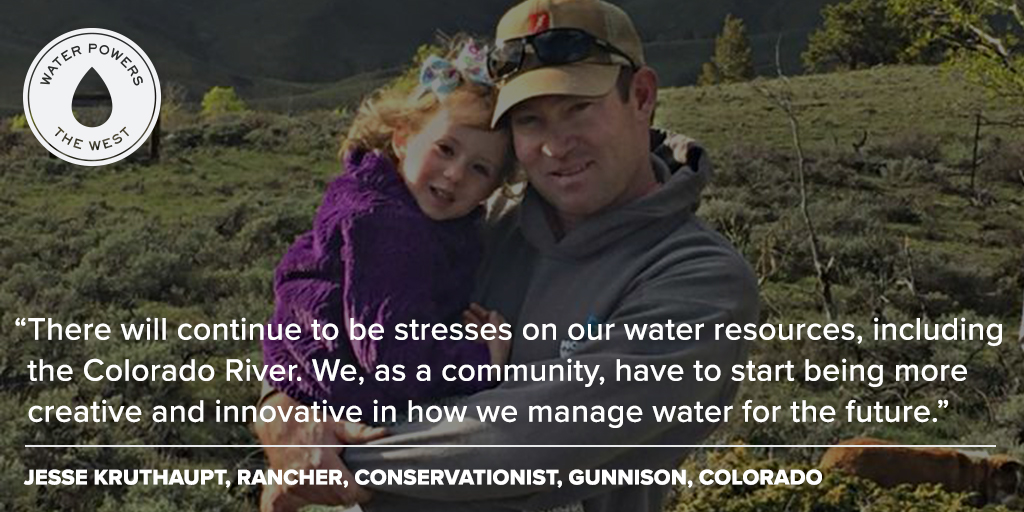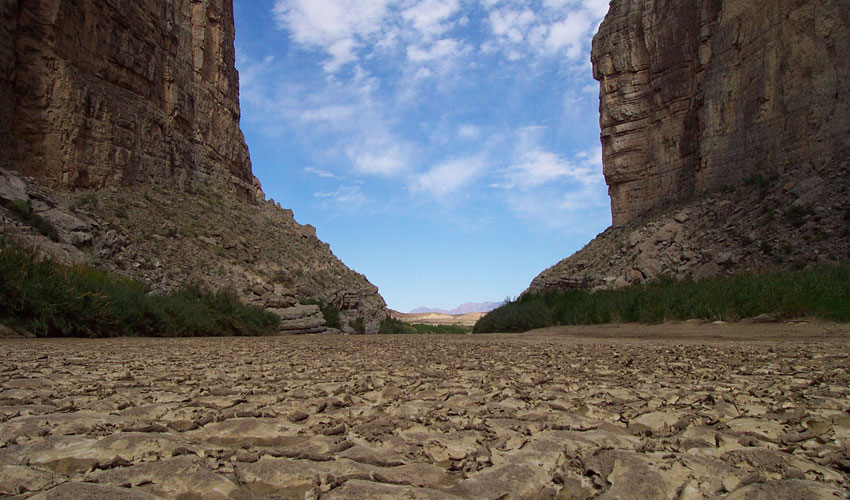Ballot Measure 7A passed with bi-partisan support in November 2020, and the Community Funding Partnership began. It was great to see voters joining together to support our Western Slope waters and the River District’s vital role in sustaining them. And Trout Unlimited is proud to have been a part of those efforts in building common ground around healthy and productive rivers and watersheds across western Colorado.
Now with $4.2 million in grant money available for Western Slope water projects every year, the Colorado River District has worked hard to identify multi-benefit projects, streamline the application process, and get your tax dollars right back to work in the community. Over $3 million has already been awarded this year to 23 diverse projects! Learn more about the Community Funding Partnership and awarded projects here.
The video above previews a few of the outstanding projects which have been awarded grant funding through the Community Funding Partnership. Stay tuned for more videos in the year to come as the Community Funding Partnership shares project stories that showcase Colorado's beautiful West Slope.






